If you click on a link and make a purchase we may receive a small commission. Read our editorial policy.
Why do so many team-led movies, TV shows, and comics have seven heroes?
The Witcher: Blood Origin is the latest in a long series of stories to feature seven-member teams. What's up with that?

I watched The Witcher: Blood Origin over the holidays, and really enjoyed it. (More Meldof and Gwen, please!) But there was this one thing that I just couldn’t let go of. No, it’s not that they introduced Minnie Driver as an elf who can apparently time travel and maybe knows everything and is controlling events, but then were like, 'But anyway, two thousand years ago….'
It’s the fact that the story is about a group of seven heroes. I don’t know if you’ve ever noticed it, but when it comes to 'team' stories, seven is often the magic number. So for instance, Star Wars: A New Hope has as its core team Luke and Obi-Wan, Han and Chewie, the droids and Leia. Mad Max: Fury Road has Furiosa, the five wives fleeing Immortan Joe and Max. Avengers has Thor, Hulk, Iron Man, Captain America, Hawkeye, Black Widow, and Nick Fury.
Once you start looking for it, you’ll see groups of seven all over the place. The great '00s scifi mystery show Fringe had a core cast of 7; so did the first season of Buffy: The Vampire Slayer. DC Comics sometimes talks about its 'Big 7: Superman, Batman, Wonder Woman, Green Lantern, Aquaman, Martian Manhunter, and the Flash. Gerry Duggan’s X-Men comic currently has 7 members; so does Ben Percy’s X-Force; so did Tini Howard’s initial run on Excalibur.
Obviously, not every story does this: try as I might to make Lord of the Rings fit the pattern, it mostly doesn’t (although for the period that Gandalf is dead, the core fellowship does drop to seven). But it happens a lot.
And the question I have is: Why?
Seven Samurai did it

The easiest and most straightforward answer as to why so many team stories involve seven characters may be that Akira Kurosawa did it in Seven Samurai in 1954, and it was really effective. Star Wars, The Magnificent Seven, and Mad Max: Fury Road all draw direct inspiration from Kurosawa's tale of seven ronin hired by a village to fight off bandits. And so very clearly does Blood Origin.
When you see something works, why mess with it?
But that doesn’t really answer the question. What is it about seven that seems to work so well?
It keeps things fresh

One of the things that I love about Blood Origin is that it takes its time introducing its seven heroes and bringing them together. The reality of having seven characters more or less demands that; if we’re going to have any kind of personal investment in them, there has to be time spent on getting to know each or most of them first.
But the slow roll out of characters also proves to be an effective storytelling strategy. One of the most challenging aspects of plotting a story is how to sustain audience interest and narrative momentum for the long haul. Having a group of characters who have to be organically woven into the bigger story means having seven opportunities to inject new life, and to add new wrinkles as well, particularly as they begin to interact with one another.
It sounds a little crazy; if you keep introducing new characters, you could definitely kill the momentum, too. But look at a film like Star Wars: We don’t meet Luke Skywalker until almost 20 minutes in; Han and Chewie don’t show up until the second hour, and the whole group doesn’t mean Leia until well past that. And each new addition does indeed inject new energy and fresh perspectives.
It gives us many ways into the story

Seven characters means not only seven different personalities, skill sets (and oftentimes weapons), but seven different goals, leading to so many different types of story to choose from. In Blood Origin, Scían is on a quest to regain the sword stolen from her clan; Meldof seeks revenge on every elf that harmed her beloved Gwen; Syndril wants to fix the mistake he made which allowed monsters to enter the world in the first place.
As characters begin to meet and interact we also get a wide variety of relationships. So in Star Wars we have the mentoring father/son relationship in Luke and Ben (and then a whole other kind of paternal dynamic between Han and Ben); two romantic relationships which together create the beginnings of a love triangle; an older brother/younger brother in Han and Luke; three different kinds of friendships in Han and Chewie, Chewie and Leia, and the droids; etc. etc.
Each of these elements gives the writers more to layer into the storytelling to keep it interesting. And it gives the audience so many different doorways into the story. You love a good mythic tale? Stick with Luke. More an Office sitcom guy? Try the ongoing hostility between Han and Threepio and the Will They/Won’t They of Han and Leia. (They are so totally the Jim and Pam of the Star Wars Universe.)
It's Not Too Many

But the more characters there are to include, the less runway any of them have to be properly introduced. At some point it’s a battle of diminishing returns: there’s only so many characters we can keep straight in our head, let alone feel an emotional connection with. Eventually they all blur together, or they become just ways of fulfilling certain dramatic purposes. So the 2001 remake of Ocean’s Eleven has eleven distinct members in its crew (although it’s really twelve with Julia Roberts). But at the end of the day some of them are really just the embodiment of a skill set the team needs, or there for some sight gags.
In Blood Origin, Brother Death may not get as much screen time as some of the others, but there’s still enough room to enable us to appreciate his more offbeat and easy way. Meldof likewise spends quite a bit of time on her own in the early going, and it establishes her really well. But add in 2 or 3 more members to the team and some of these kinds of moments end up having to be cast to the wayside. Suddenly Meldof can’t be alone murdering people with her hammer Gwen because too much else that has to happen.
Maybe it's really magic?

Joseph Campbell believed there were eight fundamental archetypes to be found in every world mythology: the hero/heroine; mentor; ally; herald; trickster; shapeshifter; guardian; shadow. You could try to match up the first seven types with the characters on a seven person team, and the last with the villain.
But they never perfectly correlate. Sure, Giles is the mentor on Buffy, and maybe Angel is the guardian, Oz the shapeshifter, Willow the trickster, and Xander the ally. But is Cordelia the herald? I don’t think so. Or on Star Wars, if Han’s the ally, who’s the trickster? Artoo? And who’s the shapeshifter?
The idea that every culture or story would use the same 8 archetypes has a very Western (ahem, imperialist) ring to it. What makes more sense is the idea that there might be dozens archetypal character concepts floating around in the collective subconscious of a culture and/or humanity. And somehow seven makes for the often-perfect number to use.
Seven has long been worshippped as a lucky number. Who knows? Maybe it is.
Follow Popverse for upcoming event coverage and news
Find out how we conduct our review by reading our review policy
Let Popverse be your tour guide through the wilderness of pop culture
Sign in and let us help you find your new favorite thing.


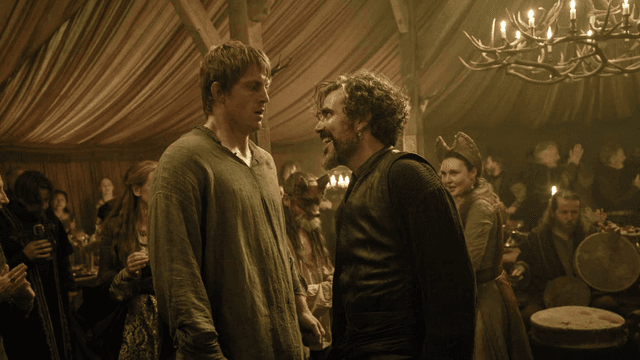
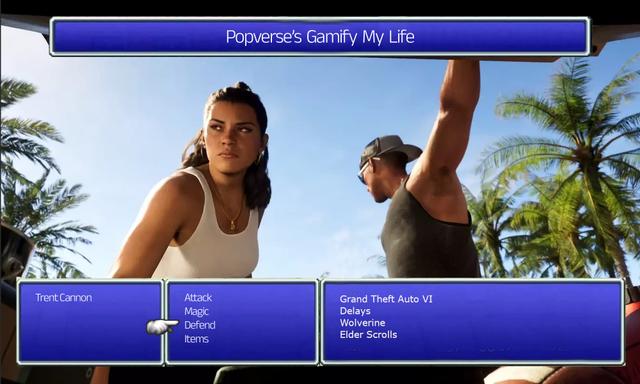


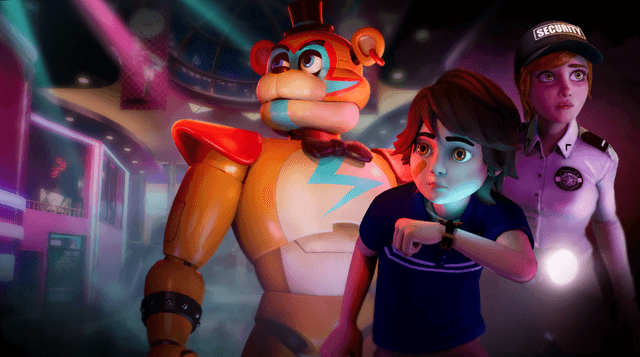
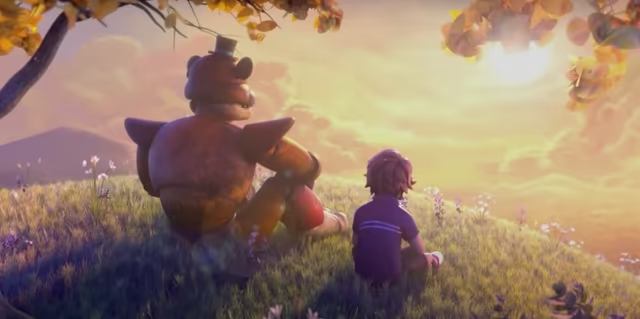
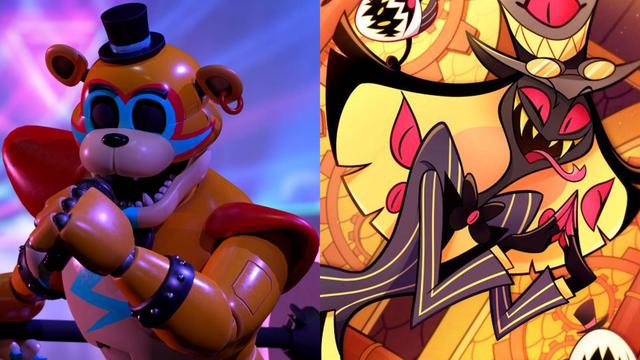







Comments
Want to join the discussion? Please activate your account first.
Visit Reedpop ID if you need to resend the confirmation email.